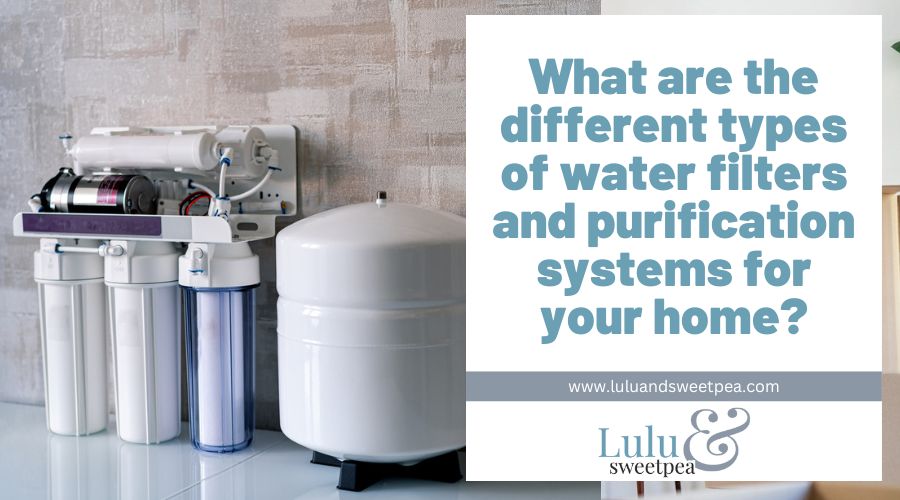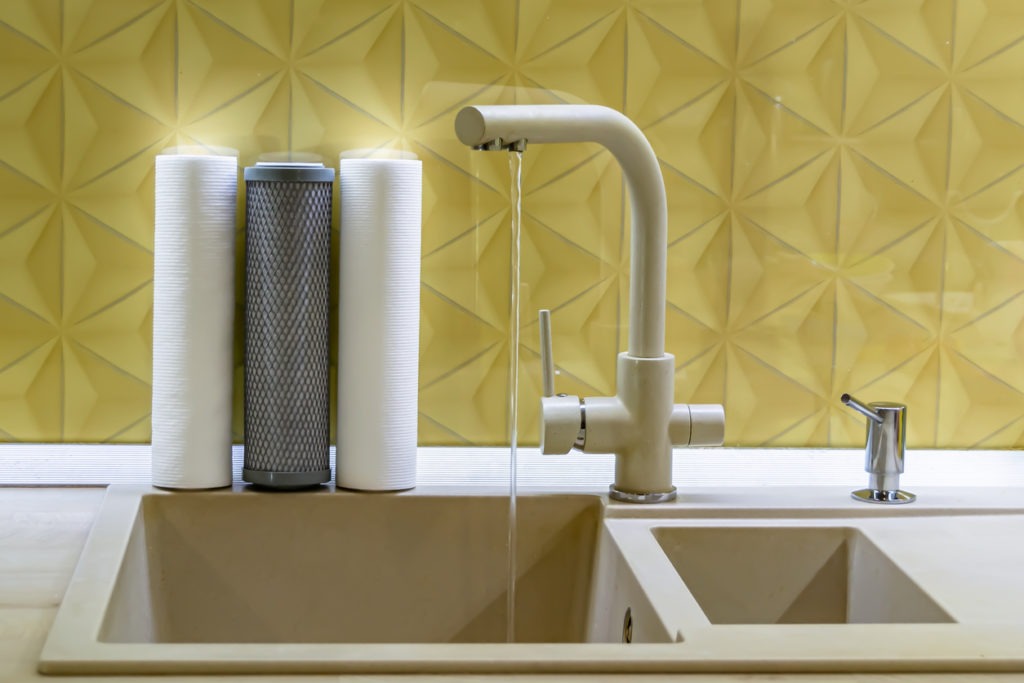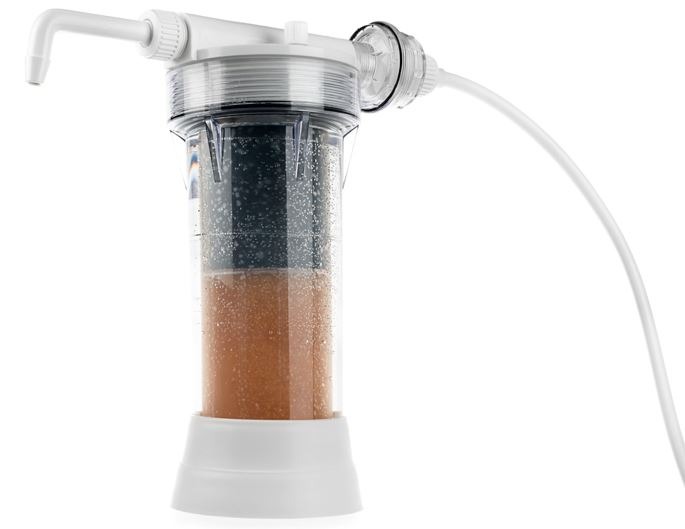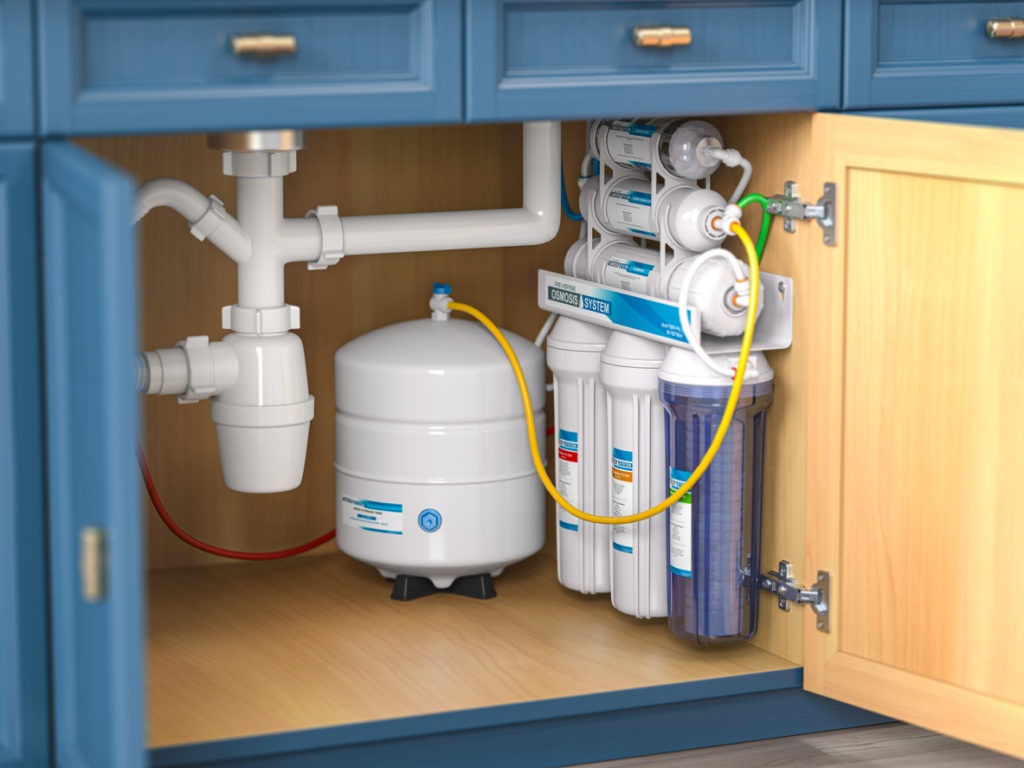Sometimes, a decision, such as selecting a loaf of bread from the bread aisle, can only lead you so far astray. Occasionally, such as when selecting a water filter for your home, the decision is crucial.
When confronted with the plethora of water filtration options, it can be difficult to choose the best one for your home – one that not only improves the taste of your water, but it also gets rid of the most impurities.
What is a water filter?
A water filter is a device that eliminates impurities from water.
The majority of water filters use media or substances to aid in the filtration process, including activated charcoal, carbon block, ion exchange resins or membranes (such as cellulose-based membranes), and reverse osmosis.
Water filters remove these contaminants in a variety of ways, including by gravity, by drawing them onto an absorbent substance such as granular activated carbon, or by eliminating dissolved solids through membrane processes such as RO/DI units.
Types of Water Filters
1. Alumina Activated
Activated alumina (AA) is the most effective filter for removing fluoride and arsenic from water. Note that this highly porous ceramic material is composed of aluminum oxide and has a high capacity for adsorption, not absorption. This implies that when AA attracts chemicals to its activated porous sphere, the chemicals are not merely retained within the pores; rather, the materials connect.
This characteristic makes AA an economical solution for removing poisons and metals from contaminated water without the risk of these compounds escaping into the environment. The longer AA is exposed to water; the more hazardous compounds it can eliminate.
Activated alumina excels at purifying drinking water for residential use, as well as in industrial applications, water treatment facilities, and the removal of hazardous waste.
2. Alkaline and Water Ionizers
Alkaline or ionized water is hailed as one of the healthiest water treatments and is thought to have benefits such as increased bone and digestive health, reduced risk of cancer and heart disease, healthier skin, and even enhanced moisture and flavor.
The electrically charged minerals in ionized water separate alkaline water from acidic water, thereby softening and improving the quality of the water. Note that alkaline ionizers lack filtration capabilities, therefore you will need to use them in conjunction with conventional water purifiers.
3. Carbon Block as well as Activated Carbon
Also known as carbon filters or activated charcoal, these are often used in home water filters, such as those placed on a faucet, under a sink, or in a pitcher. Activated carbon filters are highly effective at attracting and absorbing contaminants, hence removing them from water. This material is cost-effective and operates without electricity, although it is ineffective in removing minerals and dissolved organic debris.
4. Ceramic Filters
Ceramic pores will capture any particles larger than the pores themselves, preventing them from entering the water. These filters are straightforward to install, simple to use, affordable, and do not require energy. A ceramic water filter coated with silver can destroy germs and prevent the growth of mold and algae in the water. Nevertheless, they cannot move faster than they can filter, therefore they are ineffective at separating viruses.
5. Distillation
Similar to the precipitation cycle, distillation is a highly effective method for purifying water by boiling it into steam and then allowing it to condense in a clean container. This technique eliminates microorganisms and enhances the flavor and odor of treated water.
The good news is that you can complete the distillation process using a variety of countertop equipment, and the resulting water is safe for human use. However, the process requires power or a heat source to function, and it is extremely inefficient due to its slowness.
6. Reverse Osmosis
In this approach, water is driven through a semipermeable membrane that allows water to pass through but not pollutants, chemicals, metals, or parasites. RO filtration systems are extremely efficient in removing hazardous contaminants from water.
However, they are typically more expensive than other types of water filters, require high water pressure to work, and waste a great deal of water throughout the purification process, purifying only a small part of the total water utilized.
7. Sieved Sand and Sediment
Similar to a colander, a mesh filter helps remove big particles of dirt, clay, sand, and rust from water. They cannot purify or cleanse, but they can prevent silt from clogging the plumbing system.
8. Ultraviolet Light
UV light is one of the safest and most effective ways to eliminate viruses, germs, protozoa, and parasites from your water. A glass element exposes water to high-frequency UV light radiation, which passes through the water. This filtration technology takes energy to operate and is typically more expensive.
UV lamps as water purifiers are most efficient in the final stage of a water treatment system, when the water has been the most thoroughly filtered, because the light cannot travel through inorganic impurities, hence diminishing its efficacy.
Different Types of Household Water Filters
1. Total Home Filters
Also known as whole-house filters, point-of-entry (POE) systems are also known as whole-house filters. They filter water at its source, immediately as the water supply enters the house.
Typically, a whole-house filter is installed in the basement.
The benefit of a whole-house water filter is that it eliminates the need to install separate devices in each room.
However, they can be costly and are almost always more complex to install. If your water supply is of exceptionally poor quality, this is typically advised.
2. Inline Water Filters
Typically, inline water filters are put beneath the sink or inline with the pipes.
They are frequently employed as a supplemental water filter or to purify the cold water line for your refrigerator and ice machine.
3. Under Sink Water Filters
In reality, under-sink water filters are a form of inline filter, however they are most commonly found in the kitchen.
They must be put beneath the sink; after which you can attach or replace an existing faucet diverter valve with this filter.
They are simpler to install than whole-house water filtration systems and are ideal for drinking water only.
4. Countertop Water Filter
Install a countertop water filter on your kitchen counter.
Countertop water filters are frequently used by the entire family or household for drinking water, cooking, and other purposes.
Most countertop water filters are made of ceramic, carbon block, or reverse osmosis technology. However, others are used.
5. Water Filter Pitchers
A water filtration pitcher is a form of point-of-use system from which you can drink. Brita and PUR are the most popular brands, although there are others.
They typically include activated carbon filters, making them a cost-effective choice for filtering tap water at home. Additionally, they are typically effective at removing fluoride, which is a concern for many people.
Another common style of pitcher, alkaline pitchers try to bring pH values as close to neutral as feasible. Some individuals feel that pH-neutral water has numerous health advantages.
The primary disadvantage of these types of systems is that they must be frequently refilled with tap water. It is simple to forget if one is not in a routine.
Pitcher water filters also require replacement more frequently than other countertop systems (typically every few months).
They are also ineffective at removing fluoride and heavy metals from drinking water.
Despite its drawbacks, water filter pitchers are one of the most effective ways to begin filtering water at home. And they can save you a ton of money compared to bottled water.
In conclusion
Not all sources of drinking water contain the same pollutants or hazardous compounds. You can therefore choose from a number of water filters on the market that are designed to remove certain types of waterborne contaminants, such as bacteria, protozoa, and viruses, as well as lead and fluorides.
Therefore, it is difficult for consumers to choose which type of drinking water filter best meets their requirements. Depending on one’s demands, every type of water filter has its benefits.



